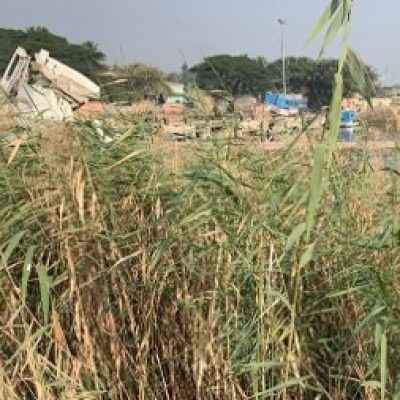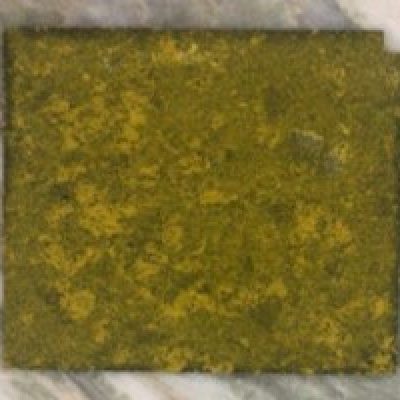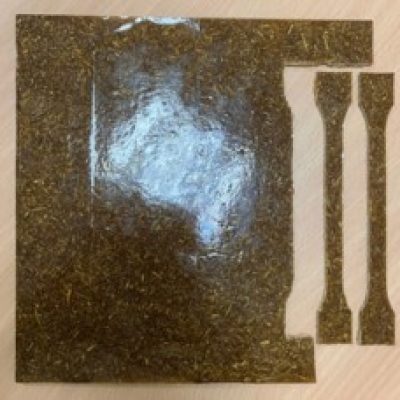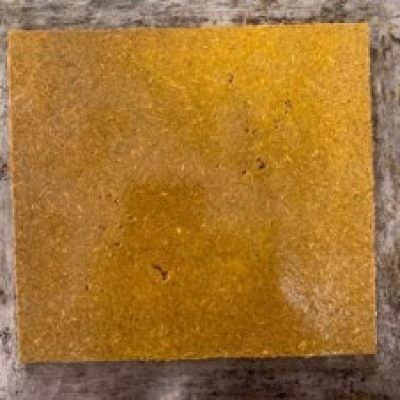
Biodiversity Conservation
Establishment of Chilika Bioresource Centre for Sustainable Livelihoods and Management of Chilika Lake Wetland Ecosystem
Background
- Chilika Lake witnessed rapid degradation between 1950 and 2000 due to increased sediment loads from the catchments and reduced connectivity with the sea, leading to decreased salinity.
- This degradation resulted in a major decline in lagoon fisheries, proliferation of invasive weeds, and a substantial loss of biodiversity.
- The increase in salinity led to significant changes in the aquatic vegetation, with a rapid expansion of the Phragmites population, known to tolerate high salinity conditions
- This invasive species has grown from 76.4 sq km in 2000 to 286 sq km at present.
About the Initiative
BCKIC Foundation in association with School of Biotechnology, KIIT DU & CIPET Bhubaneswar aims to produce small-scale kraft paper and corrugated carton to provide alternative livelihoods for the community and also contribute to the ecological balance of the Chilika ecosystem. These activities can create value-added products and materials, targeting both the local SC population, while addressing the environmental and economic repercussions of the invasive Phragmites species which can affect the health as well economic status of the SC population in the region.
Partners
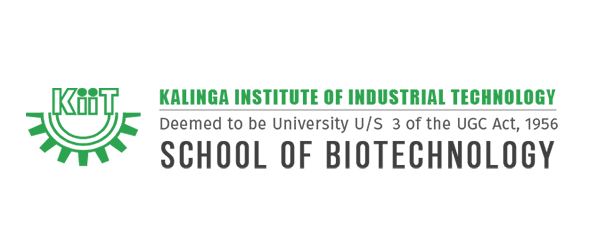
KIIT School of Biotechnology
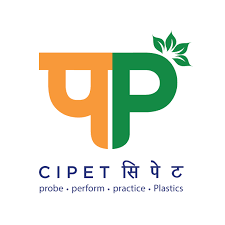
Central Institute of Petrochemicals Engineering & Technology
Targeted Beneficiaries
Total Beneficiaries
Number of SC Beneficiaries
Direct SC Beneficiaries
Indirect SC Beneficiaries
Chilika Bioresource Centre
The Chilika Bioresource Centre (CBC) serves as a hub for the dissemination of technological interventions aimed at valorizing Phragmites karka biomass. By harnessing scientific and technical innovations, the CBC will facilitate the creation of value-added products, transforming an invasive species into a valuable resource.
Objectives
-
Enrolling and empowering 500 SC community members and women
-
Conduct Capacity building programs to equip the SC community
-
Research, development, and validation of valorized products
-
Handover of the project to an SC-focused cooperative
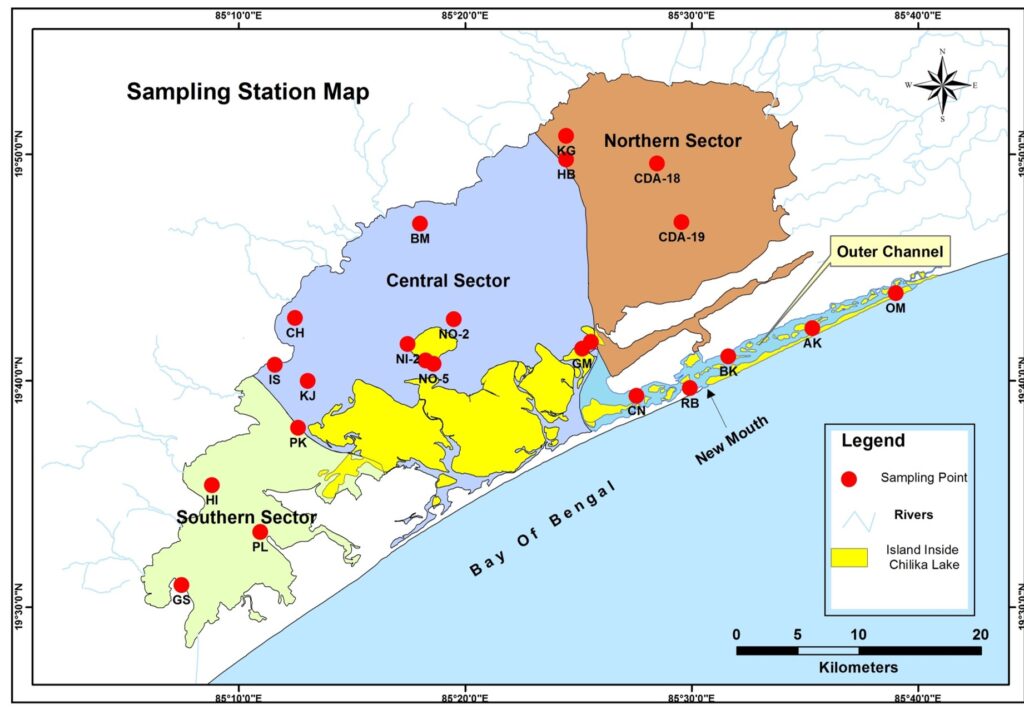
KPIs
Year 1
❖ Chilika Bioresource Centre Establishment
❖ Phragmites Biomass Collection & Drying
❖ Identification of Beneficiaries
❖ Capacity Building
Year 2
❖ Scaling up Beneficiary Participation
❖ Paper Making from Biomass
❖ Market Linkages and Supply Chain
Year 3
❖ Full-Scale Operation
❖ Advanced Product Testing
❖ Replicable model of Phragmites biomass utilization
Glimpses
